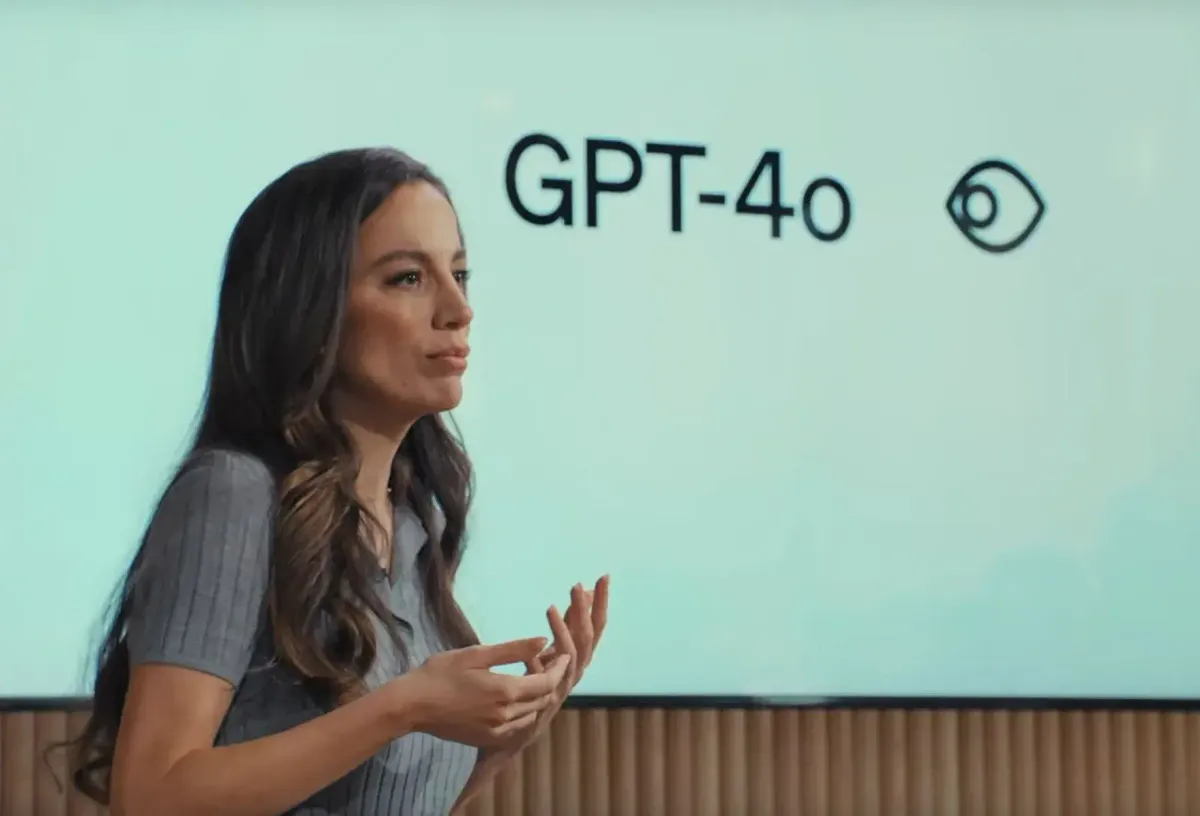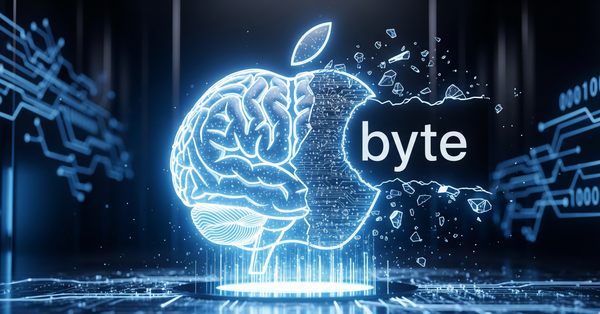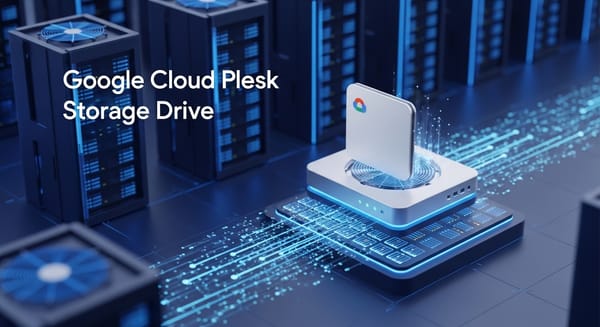OpenAI's GPT-4o: Revolutionizing AI with Multimodal Capabilities

OpenAI has once again pushed the boundaries of artificial intelligence with the introduction of GPT-4o, a groundbreaking multimodal model that integrates text, vision, and audio capabilities. This new model, announced in May 2024, is set to redefine the landscape of generative and conversational AI, offering faster response times, advanced multimodal functionalities, and a more cost-effective solution for developers and users alike.
What is GPT-4o?
GPT-4o, where the "o" stands for "omni," represents OpenAI's latest advancement in AI technology. This model is designed to handle a variety of input types, including text, speech, and images, making it a versatile tool for a wide range of applications. The introduction of GPT-4o follows the release of GPT-4 Turbo, which provided significant improvements over the original GPT-4 model, including a larger context window and reduced costs for developers.
Key Features and Improvements
Multimodal Capabilities
One of the most significant advancements in GPT-4o is its ability to process and understand multiple types of inputs. This includes:
- Text: Like its predecessors, GPT-4o excels in natural language processing, generating coherent and contextually appropriate responses.
- Vision: The model can analyze images and provide detailed descriptions, answer questions about visual content, and even recognize objects and scenes.
- Audio: GPT-4o can process speech inputs, making it possible to engage in real-time conversations with users. It can also recognize and respond to nuances in a user's voice, including emotional cues.
Enhanced Performance
GPT-4o offers several performance improvements over previous models:
- Faster Response Times: The new model delivers real-time responsiveness, making interactions more seamless and efficient.
- Cost-Effectiveness: GPT-4o is designed to be more economical, with a 50% reduction in costs compared to earlier models. This makes it accessible to a broader range of users and developers.
- Higher Rate Limits: The model supports up to five times higher rate limits, allowing for more extensive and intensive use cases.
Multilingual Support
GPT-4o is more multilingual than ever, with enhanced performance in around 50 languages. This makes it a powerful tool for global communication and collaboration, breaking down language barriers and fostering a more inclusive digital environment.
Applications and Use Cases
The versatility of GPT-4o opens up a wide range of applications across various industries:
Customer Support
With its ability to understand and respond to text, speech, and images, GPT-4o can revolutionize customer support. It can handle complex queries, provide detailed explanations, and even assist with troubleshooting by analyzing screenshots or photos provided by users.
Education
GPT-4o can serve as a personalized learning companion, generating interactive study materials, answering students' questions, and providing explanations tailored to individual learning styles. Its multilingual capabilities also make it an excellent tool for language learning and cross-cultural education.
Healthcare
In the healthcare sector, GPT-4o can assist with patient interactions, providing information about medical conditions, treatment options, and medication instructions. It can also analyze medical images and offer preliminary assessments, aiding healthcare professionals in their diagnostic processes.
Creative Industries
The model's ability to generate human-like text, analyze visual content, and understand speech makes it a valuable asset in creative fields such as content creation, marketing, and entertainment. It can assist with writing scripts, generating marketing copy, and even creating interactive storytelling experiences.
Comparison with Previous Models
GPT-4 vs. GPT-4 Turbo
Before the introduction of GPT-4o, OpenAI released GPT-4 Turbo, which provided several enhancements over the original GPT-4 model:
- Context Window: GPT-4 Turbo introduced a 128K context window, allowing it to handle prompts equivalent to around 300 pages of text. This was a significant improvement over the original GPT-4's context window.
- Cost: GPT-4 Turbo was three times cheaper for input tokens and twice as cheap for output tokens compared to GPT-4, making it a more cost-effective option for developers.
- Performance: While GPT-4 Turbo offered improved performance, it still struggled with certain tasks, such as logic reasoning and handling long prompts without performance degradation.
GPT-4o vs. GPT-4 Turbo
GPT-4o builds on the advancements of GPT-4 Turbo, offering even greater capabilities and improvements:
- Multimodal Integration: Unlike GPT-4 Turbo, which primarily focused on text inputs, GPT-4o integrates text, vision, and audio, making it a truly multimodal model.
- Real-Time Responsiveness: GPT-4o delivers faster response times, enabling real-time interactions and more seamless user experiences.
- Advanced Multilingual Support: GPT-4o enhances performance in around 50 languages, making it a more powerful tool for global communication.
Challenges and Ethical Considerations
While GPT-4o offers remarkable capabilities, it also raises important ethical considerations and challenges that need to be addressed:
Bias and Fairness
Language models like GPT-4o can inadvertently amplify biases present in the data they are trained on. It is crucial to carefully curate and diversify training data to mitigate bias and ensure fairness in the generated output. Ongoing research and monitoring are necessary to identify and rectify any biases that may emerge.
Misinformation and Fake News
GPT-4o's ability to generate highly convincing text raises concerns regarding the spread of misinformation and fake news. Safeguards and verification mechanisms must be implemented to prevent the malicious use of the technology and promote responsible content generation.
Data Privacy and Security
Language models like GPT-4o require access to vast amounts of data, which raises concerns about user privacy. It's imperative to establish robust data privacy protocols and ensure that user data is handled securely to protect individuals' sensitive information.
Future Prospects
The introduction of GPT-4o marks a significant milestone in the evolution of AI technology. As OpenAI continues to refine and enhance its models, we can expect even more advanced capabilities and applications in the future. Some potential developments include:
- Enhanced Vision Capabilities: Future iterations of GPT-4o may include more advanced image recognition and analysis features, enabling the model to provide even more detailed and accurate visual assessments.
- Improved Audio Processing: As speech recognition technology continues to evolve, GPT-4o could become even more adept at understanding and responding to nuanced vocal inputs, making interactions more natural and intuitive.
- Expanded Multilingual Support: OpenAI may continue to expand the range of languages supported by GPT-4o, further enhancing its global applicability and inclusivity.
Conclusion: The Future Is Multimodal
OpenAI's GPT-4o represents a significant leap forward in the field of artificial intelligence, offering advanced multimodal capabilities, faster response times, and cost-effective solutions for a wide range of applications. As the technology continues to evolve, GPT-4o is poised to revolutionize industries such as customer support, education, healthcare, and creative content creation. However, it is essential to address the ethical considerations and challenges associated with this powerful technology to ensure its responsible and beneficial use.
By staying at the forefront of AI innovation, OpenAI is paving the way for a future where intelligent, multimodal models like GPT-4o can enhance our lives in ways we have yet to imagine. As we continue to explore the potential of this groundbreaking technology, the possibilities are truly limitless.




